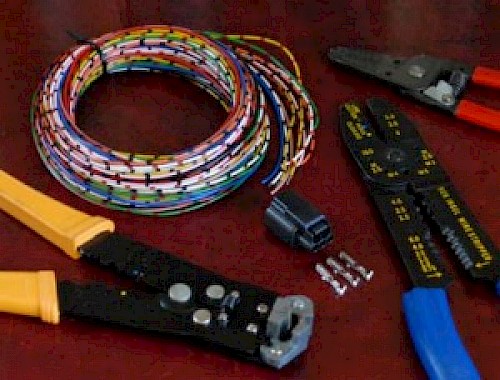
How To Do A Proper Crimp
As a boat owner, there are many small but valuable DIY projects you can learn to do on the fly. By learning these skills, you can save time and money, and of course have the satisfaction of keeping your boat's electrical systems healthy in the long run. One of these skills is learning how to complete a proper crimp - this can help avoid many problems with your electrical circuits. It is important to ensure that crimps are done right the first time. Here are the steps you need to take when completing a crimp:
- Match the wire to the appropriate connector - this first step cannot be skipped or compromised since it is important to the rest of the process
- Remove the insulation from the end of the wire. During this step, ensure that the exposed segment of the wire is not too long or too short - it must be the right length. There are two constraints in this situation:
- The bare wire should always be slightly longer than the crimp sleeve. With the wire poking out the end, we can clearly identify that the wire fills the entire length of the sleeve.
- The jacket (or wire insulation) should never go under the sleeve. This is equally important because if the crimp is over the jacket, there will likely be problems with the connection.
- Crimp the sleeve onto the wire using a ratcheted crimper to make a perfect connection (be sure to use the appropriate ratchet slot for the connector size).
- Perform a pull test by pulling hard (using 10-20 lbs. of tensile strength). If the crimp comes apart at this point it is time to start over and do it again. Once you have confirmed that you have a good mechanical connection, you are ready to move on to the final step.
- Heat shrink the connector onto the wire using a butane torch. Go slowly so that the wire is not damaged, then allow the heated connector to cool down.
Another important thing to note when doing crimps is always use heat shrink connectors because of the damp and salty marine environment. By using this step-by-step process, you can do a proper crimp on your boat. Even though it seems like a small thing, this is crucial to having a healthy electrical circuit in the long run. If you have any questions about this process, please do not hesitate to ask. And of course, if there are any other do-it-yourself projects you would like us to talk about, let us know and we'd be glad to write about it!
Related Content

























